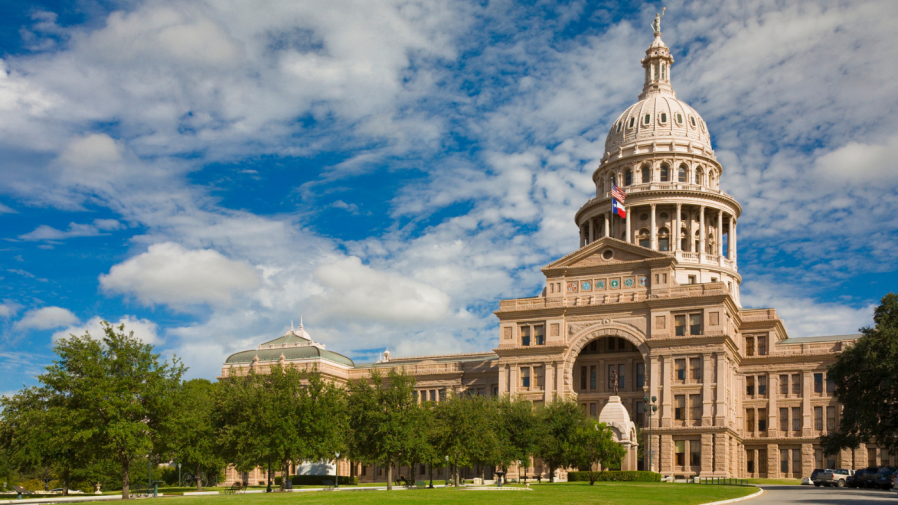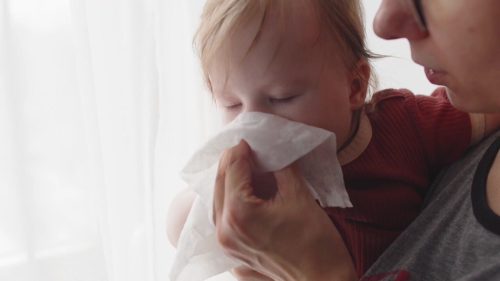
Researchers claim Texas leads country in ‘rape-related pregnancies’ after Dobbs decision
AUSTIN (KXAN) — A study published Wednesday in the medical journal JAMA Internal Medicine claims that Texas leads in rapes and rape-related pregnancies when compared to states with total abortion bans.
The study, conducted by Drs. Samuel Dickman, Kari White and David Himmelstein, examined data from the FBI, CDC and Bureau of Justice Statistics. The research team narrowed its study to the 14 states that outlawed abortion after the U.S. Supreme Court’s 2022 “Dobbs v. Jackson Women’s Health Organization” decision, which overturned the court’s prior decision in “Roe v. Wade.”
According to their study, 26,313 rape-related pregnancies occurred in Texas during the 16 months after the state legislature banned abortion. That figure comprises nearly 45% of all such pregnancies estimated to occur among the nine ban states that did not make a legal exception for rape.
Including Texas, an estimated 519,981 vaginal rapes of women aged 15-45 occurred in ban states (211,919 in Texas), and an estimated 64,565 pregnancies occurred as a result.
“Thousands of girls and women in states that banned abortion experienced rape-related pregnancy, but few (if any) obtained in-state abortions legally, suggesting that rape exceptions fail to provide reasonable access to abortion for survivors,” the authors wrote. “Survivors of rape who become pregnant in states with abortion bans may seek a self-managed abortion or try to travel (often hundreds of miles) to a state where abortion is legal, leaving many without a practical alternative to carrying the pregnancy to term.”
The authors note that “such highly stigmatized experiences are difficult to measure accurately” and are often underreported.
Disproportionate impact on Black, Hispanic women
Qiana Lewis-Arnold, a birth justice advocate with Dallas-based non-profit The Afiya Center, called the situation for Texans “taxing” and “terrifying.”
“People in Texas, especially Black women, already had limited access to abortion, health care, and abortion is health care,” Lewis-Arnold said. “What we’ve noticed since [Dobbs], it’s more than taxing — It’s actually pretty terrifying because now folks are facing criminalization and death.”
She notes that many of the states with total bans are in the southern states, where the majority of the country’s Black population lives.
“I hope that this recent report…and the maternal mortality report that recently came out of Texas, really sounds off some alarms and helps folks to see what we’ve been saying all along, that these total bans on abortion, taking away access to healthcare is going to cause folks to die,” Lewis-Arnold said. “Unfortunately, it’s going to be the most marginalized communities that feel the full impact of this. The impact that that’s going to have on the survivors, the impact that that’s going to have on these babies,…the impact that’s going to have on the families that support the survivors, and then the burden that is going to be on the community.”
Teen pregnancies rise for first time since 2007
A report published by the University of Houston’s Institute for Research on Women, Gender & Sexuality (IRWGS) on January 19 provides a helpful baseline for Texas’ pregnancy and fertility situation.
IRWGS Director Elizabeth Gregory said that the report, titled “Texas & Harris County Reproductive Health Update: 2022 Fertility Rates, post-2021 Six-Week Abortion Ban” examined data from between Texas’ six-week ban in 2021 and the end of 2022. This period is just before the impact of Dobbs could be seen.
“There was a 2% rise [in fertility] across Texas overall,” Gregory said. “When we looked at it by race and ethnicity, we saw that actually there were very distinct effects across groups. There was actually a 5% rise among Hispanic women and a 2% decline among non-Hispanic white women, as well as a 0.6% decline among non-Hispanic Black women.”
The study also showed a rise in teenage pregnancies, showing the potential reversal of a nationwide, decades-long decline.
“Since 2007, teen births have declined by 67%, both in the state of Texas and nationally. That’s an enormous decline, and that can be attributed to improved access to contraception like Plan B, or implant[able] contraceptives, as well as behavioral changes,” Gregory said. “It was notable that there was the first uptick in teen births in Texas in 2022. It was a small uptick, 0.4%. While it looks small, it is a small rise; in 2021, teens saw a 9% decline.”
Like the overall state fertility trend, the increase in teenage pregnancies also disproportionally affected Hispanic children and young adults (1.3% increase). Non-Hispanic Black children and young adults saw a 0.5% increase, but non-Hispanic white children and young adults saw a 5% decline.
Whether these trends continued into 2023 and the future will be a topic of further research, according to Gregory.
“They are predicting that there will be potentially an additional 5% rise over the 2% that occurred in 2022 and 2023,” said Gregory, discussing work by other researchers looking at provisional data for 2023. “The issue will be, how does that break out across groups? Will there be similar differential disadvantages to certain groups or certain ages?”
[#item_full_content]

